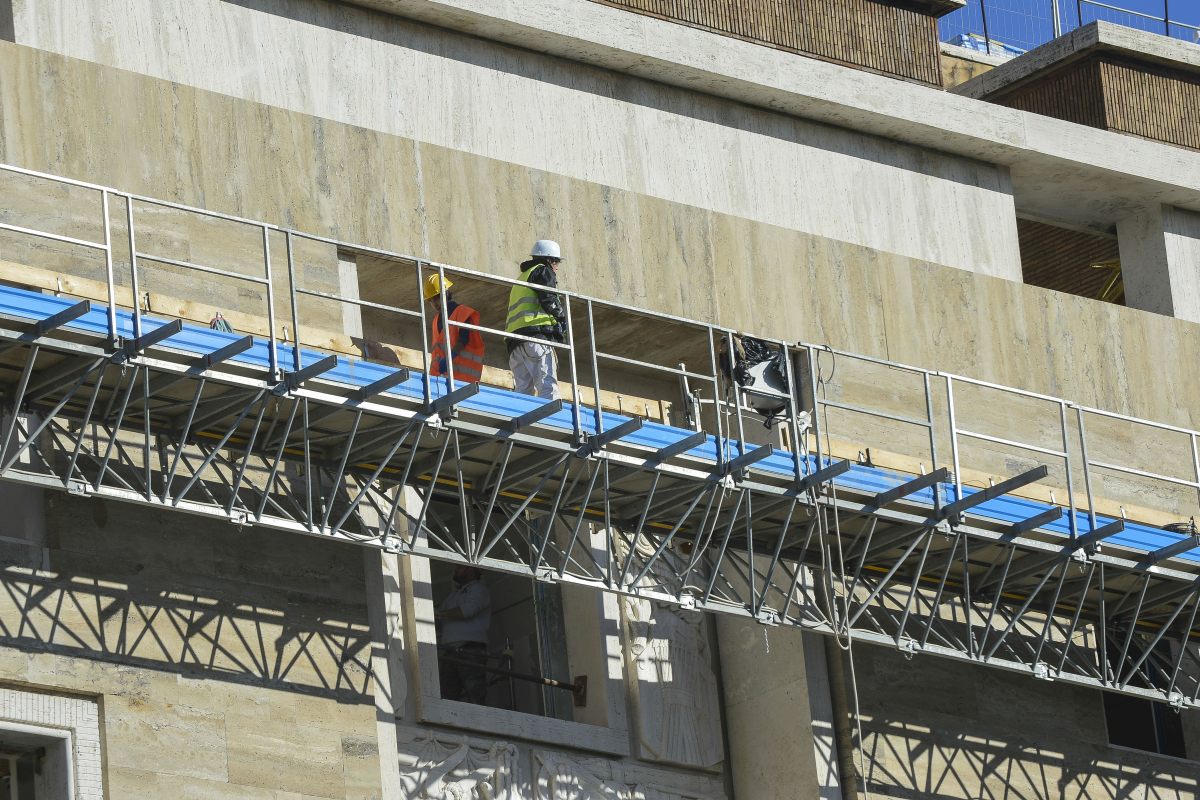ROME (ITALPRESS) – At the end of 2024, Italy’s business registry recorded a positive balance, with the balance of openings and closures standing at +36,856 in the twelve months just ended. The 322,835 registrations of new businesses were echoed by 285,979 terminations of existing businesses, for a growth rate of the entrepreneurial base that stands at +0.62 percent (up from +0.70 percent in 2023). The demographic dynamics of the production system, however, show signs of difficulty particularly on the front of the pace of new business openings, marked by one of the lowest birth rates in the past 20 years (worse only in the Covid years) and the widening of the phenomenon of empty “cradles” in a growing number of Italian municipalities. In 2024, in fact, business registers recorded a “zero” in the territories of 478 municipalities, compared with 374 ten years earlier and 212 in 2004. These are some of the evidences emerging from the Movimprese data on the trend of business demography in 2024, processed by Unioncamere and InfoCamere on the basis of the Chambers of Commerce business registers. “In addition to the aspect of business denatality in some territories, a trend that creates disparities between our regions,” stresses Unioncamere President Andrea Prete, “the causes that are leading to a reduction in the entrepreneurial base of some pivotal sectors of our economy, such as trade, agriculture and manufacturing, should be assessed and investigated. On the other hand, the growth of several service sectors, starting with Scientific and Technical Professional Activities, is positive. “At the sectoral level, the positive balance of 2024 reflects heterogeneous dynamics across sectors. More than 80 percent of the annual growth (29 thousand firms) is concentrated in just three macro-sectors: scientific and technical professional activities (+10,845 firms, corresponding to a year-on-year growth rate of 4.40 percent), construction (10,636 more firms, corresponding to a growth rate of 1.27 percent), and accommodation and catering (+8,125, corresponding to +1.78 percent). In an almost mirror-image fashion, three other major industries weighed negatively on the balance with an appreciable reduction in their business perimeter: trade (10,129 fewer firms, corresponding to -0.72 percent versus 0.60 percent less in 2023), agriculture, forestry and fishing (-7,457, corresponding to -1.06 percent and in line with the previous year) and manufacturing (-4,137 -0.81 percent versus -056 percent in 2023).From a territorial point of view, Movimprese data show signs of growth in all four geographic macro-divisions of the country, although everywhere with more attenuated dynamics than in 2023.In absolute terms, the most significant contribution to the annual balance came from the South (+13,684 businesses); in relative terms, the most dynamic component was the Central Italy area (+0.80%) supported by the decisive push from Lazio (+1.63%). Overall, 15 Italian regions ended the year with a positive balance (there were 17 in 2023). In terms of organizational forms, at the end of 2024, the Italian entrepreneurial fabric appears to be strengthened thanks to the significant expansion of companies established in corporate form, which grew by 3.25 percent compared to 2023 (+60 thousand units). This progress comes at the expense of other organizational forms, the number of which has declined overall by more than 24 thousand units (minus 14 thousand partnerships, minus 10 thousand sole proprietorships).Excluding the three-year period 2020-2022 marked by the effects of the pandemic, the positive balance for 2024 is just above the average of the last decade (33,169), the result of a slight recovery in registrations (about 10,800 more) and a more pronounced growth in terminations (about 16,000) compared to 2023. In this context, for the first time Movimprese focused on the phenomenon of de-entrepreneurialization of territories by analyzing the flow of business registrations at the municipal level. The analysis, conducted on 20 years of data from the Business Registry, shows the widening perimeter of territories where there is an absolute absence of new entrepreneurial initiatives. From the 212 municipalities with zero entrepreneurial births in 2004 (equal to 2.6 percent of all municipalities existing at the time) to 374 in 2014 (4.6 percent of the total) to 478 detected between January and December last year (5.9 percent of the Peninsula’s bell towers).The phenomenon of empty “business cradles,” observed at the level of municipal territories, has implications that require a dedicated and multidimensional in-depth study, crossing socio-economic variables on different levels of analysis. The availability of Movimprese data at this level of detail (and their comparability over time) provides a solid basis for the start of a more articulated path of in-depth analysis and understanding. Geographically, the municipalities that saw no business activity born during 2024 are distributed across all Italian regions, with the sole exception of Basilicata. In absolute terms, the highest concentration is in Piedmont (126); next come Lombardy (103) and, with a significant gap, Sardinia (32). Looking at the ratio of these municipalities to the total number of municipalities in the respective regions, interesting differences emerge from this first picture. In a significant territorial continuity, Piedmont (10.6 percent incidence of municipalities with no new businesses on the total number of municipalities in the region) is joined by Valle d’Aosta (with an even higher value: 10.8 percent), Lombardy (6.7 percent) drops out of the top positions, while Sardinia is confirmed in second position also in relative terms, joined, however, by Tuscany (8.5 percent). Also in relative terms, there is a significant territorial continuity between Abruzzo (8.2 percent) and Molise (8.1 percent) indicating how the geography of local entrepreneurial systems is strongly conditioned by the physical geography of the territories on which business activities insist.
– Photo Agency Photogram –
(ITALPRESS).

